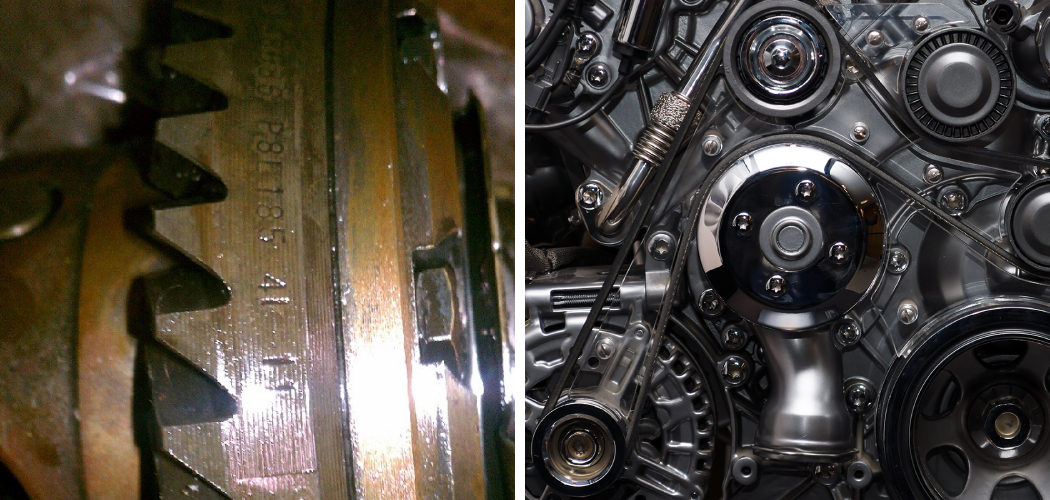Understanding your vehicle’s gear ratio is essential for optimizing performance, fuel efficiency, and overall drivability. While there are various methods to determine gear ratio, one practical and hands-on approach involves checking it by spinning the tire. In this guide, we will explore the step-by-step process of how to check gear ratio by spinning the tire.
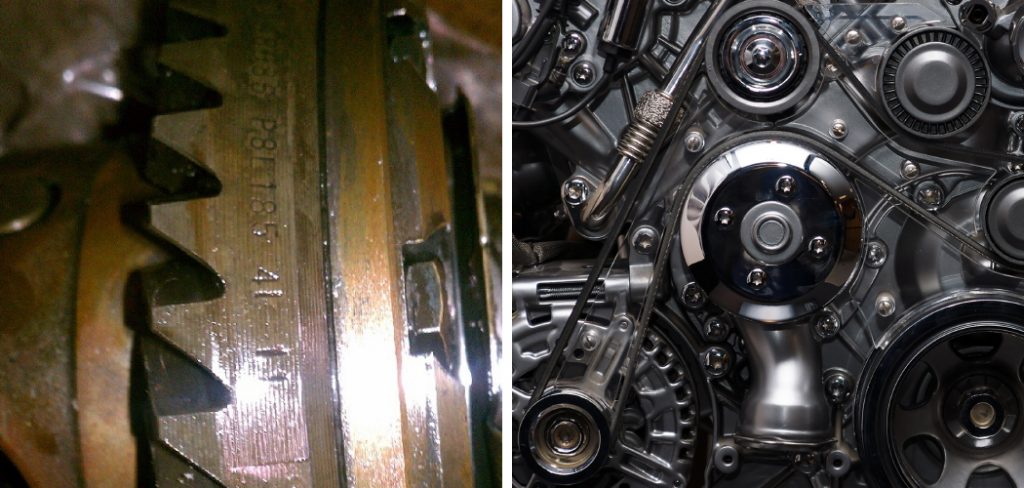
From marking the position of the tire to counting the revolutions and interpreting the results, we’ll provide a comprehensive overview for both novice and experienced automotive enthusiasts. Join us on this informative journey as we delve into the simplicity and effectiveness of this method, empowering you with the knowledge needed to assess your vehicle’s gear ratio, make informed adjustments, and enhance its overall driving dynamics.
Importance of Checking Gear Ratio for Performance Tuning
Understanding your vehicle’s gear ratio is pivotal when it comes to performance tuning. The gear ratio can significantly impact your vehicle’s acceleration, top speed, fuel efficiency and driveability. A lower gear ratio can help your vehicle accelerate faster, whereas a higher ratio can increase your vehicle’s top speed.
Furthermore, optimizing the gear ratio can improve fuel efficiency, thereby reducing running costs. Therefore, checking and adjusting your gear ratio, if necessary, is one of the most effective ways to tune your vehicle’s performance. Whether you’re preparing for a race or just craving more punch from your daily driver, knowing how to check the gear ratio by spinning the tire is an invaluable skill.
Understanding Gear Ratio
The term ‘gear ratio’ refers to the relationship between the rotational speeds of two or more gears connected in a series. In the context of a vehicle, it specifically denotes the ratio between the rotation of the drive shaft (or output shaft of the transmission) and the rotation of the wheel’s axle. If the gear ratio is high, it means the engine’s output shaft is rotating faster than the wheel’s axle, resulting in more acceleration but a lower top speed.

Conversely, a low gear ratio signifies that the engine’s output shaft is rotating slower than the wheel’s axle, allowing for less acceleration but a higher top speed. By understanding and adjusting your vehicle’s gear ratio, you can tailor its performance to your specific needs and preferences, whether that’s better fuel efficiency, quicker acceleration, or higher top speed. Therefore, learning how to check the gear ratio by spinning the tire becomes a vital tool in your automotive tuning arsenal.
Reasons for Checking Gear Ratio
There are several compelling reasons to check your vehicle’s gear ratio. First and foremost, it allows you to better understand your vehicle’s current performance capabilities. For instance, a car with a high gear ratio will have quick acceleration but may lack in top speed, while a vehicle with a low gear ratio will have the opposite characteristics.
Secondly, checking the gear ratio can help you make informed decisions when modifying your vehicle. If you plan on altering your vehicle’s gear ratio for performance tuning, knowing the current ratio is the starting point. This knowledge will guide your decisions on what changes need to be made to achieve your desired performance outcomes.
Lastly, understanding your gear ratio can help identify potential issues with your vehicle. If your vehicle’s performance isn’t matching up with what the gear ratio suggests, it could be an indication of wear or damage in the gearbox or differential. Checking the gear ratio by spinning the tire is a straightforward way to start investigating these potential issues.
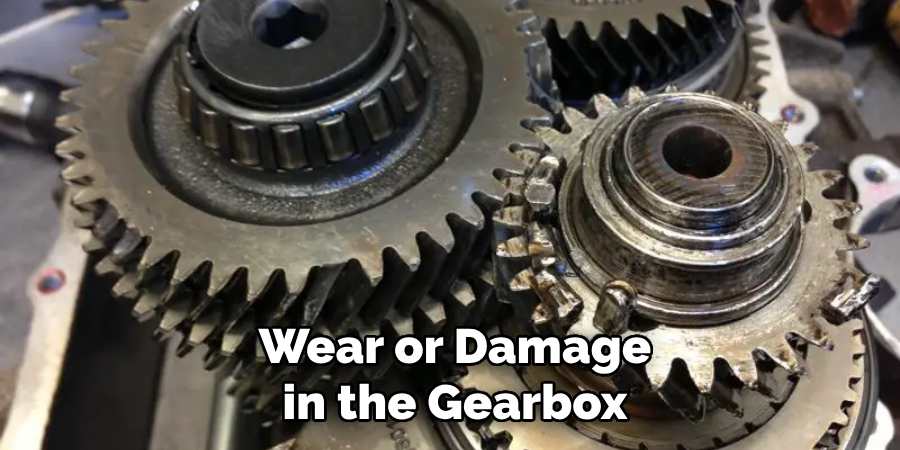
Tools and Equipment
Before we begin, it’s essential to gather all the necessary tools and equipment to effectively check your gear ratio by spinning the tire.
- Chalk or Masking Tape: This will be used to mark the starting point on the tire and driveshaft.
- Jack and Jack Stands: You’ll need these to safely lift and secure your vehicle off the ground, giving you access to freely spin the tires.
- Assistant: It’s helpful to have a second person to either spin the tire or count the drive shaft revolutions.
- Notepad and Pen: To record the number of rotations, a notepad and pen are indispensable. Calculations and comparisons will be much easier with written records.
- Safety Gear: Always ensure you’re wearing suitable safety gear, such as gloves and safety glasses, while working on your vehicle.
Having the right tools at your disposal not only ensures safety but also makes the process of checking the gear ratio by spinning the tire easier and more accurate. In the next section, we’ll provide a step-by-step guide on how to use these tools effectively.
10 Methods How to Check Gear Ratio by Spinning the Tire
1. Count the Number of Teeth on The Ring Gear
The first method to check gear ratio is to count the number of teeth on the ring gear, which is located on the differential housing. The ring gear is a large circular gear that meshes with the smaller pinion gear to transfer power from the driveshaft to the axles.
2. Count the Number of Teeth on The Pinion Gear
Next, count the number of teeth on the pinion gear, which is attached to the end of the driveshaft. This will give you a numerical ratio, such as 3.73:1 or 4.10:1, which indicates how many times the ring gear must rotate for each rotation of the pinion gear.
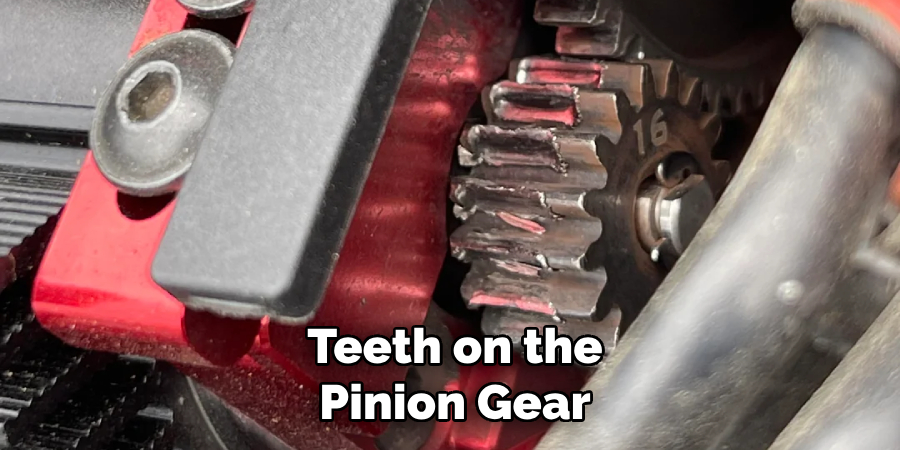
3. Use a Ratio Calculator
If you prefer not to do manual calculations, there are numerous online tools and smartphone apps that can calculate your gear ratio for you. Simply input your tire size and transmission information, and it will provide you with your exact gear ratio.
4. Spin Both Tires Simultaneously
Another method is to jack up both rear tires off the ground and mark one tire with a piece of tape or chalk. Then, spin both tires simultaneously while counting how many times they rotate together until your marked point returns to its original position.
5. Measure Tire Revolutions
Alternatively, you can measure how many revolutions one tire makes while spinning it by hand or using a power drill for a more accurate measurement. Then, divide that number by how many revolutions your driveshaft makes in one full rotation.
6. Use an Impact Wrench
For larger vehicles or those with heavy-duty gears, an impact wrench can be used instead of hand-spinning to get an accurate measurement of tire revolutions.
7. Check Owner’s Manual
Your vehicle’s owner’s manual may also contain information about your specific gear ratio if it has not been modified from factory settings.
8. Consult with Mechanic
If you are unsure or unable to determine your gear ratio, consult with a mechanic or take your vehicle to a professional for an accurate measurement.
9. Use a Gear Ratio Calculator
Similar to a ratio calculator, there are also specific gear ratio calculators available that can provide accurate measurements based on your tire size and transmission information.
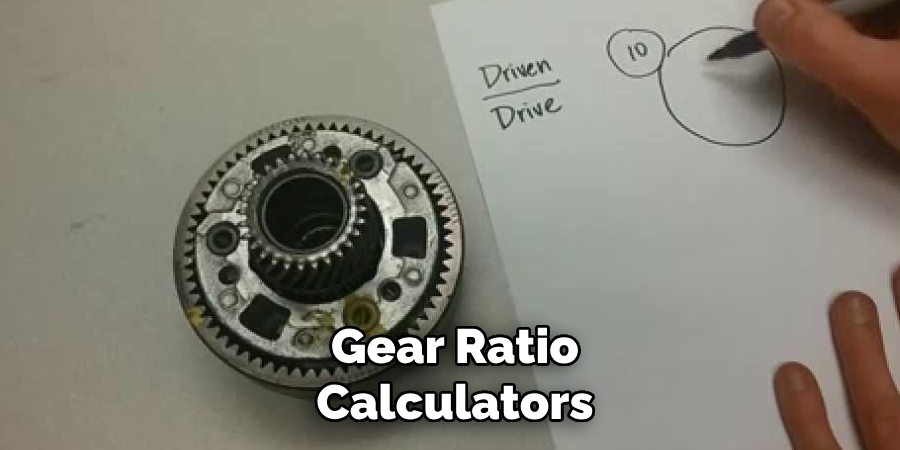
10. Look for Identifying Numbers
Lastly, you can check for any identifying numbers or markings on the differential housing, which may indicate the gear ratio. These numbers can usually be found on a metal tag attached to the housing or stamped directly onto it.
Interpreting Results
After using one or several of the methods listed above to check the gear ratio by spinning the tire, understanding the results is the next important step. The gear ratio is represented as a numerical value, such as 3.73:1 or 4.10:1, which indicates the relationship between the ring gear and pinion gear. For instance, a 3.73:1 ratio means the driveshaft or pinion gear rotates 3.73 times for every single rotation of the wheel or ring gear.
A higher ratio, like 4.10:1, represents a higher number of rotations of the driveshaft for each wheel rotation. This translates to quicker acceleration but lower top speed, often favored in performance or off-road vehicles. Conversely, a lower ratio, such as 2.73:1, means fewer driveshaft rotations per wheel rotation, leading to slower acceleration but higher top speed, suited for highway cruising and better fuel efficiency.
In conclusion, by accurately checking and interpreting your gear ratio, you can fine-tune your vehicle’s performance to suit your driving needs and preferences. Whether you need rapid acceleration for performance driving, or you’re aiming for better fuel efficiency on the highway, understanding your gear ratio is key.
Conclusion
In conclusion, learning how to check gear ratio by spinning the tire is an important skill for any car enthusiast or mechanic. By following the steps outlined in this post and using the necessary tools, you can easily determine the gear ratio of your vehicle and make any necessary adjustments. Being able to accurately check and understand your gear ratio can greatly improve your driving experience, as well as potentially save you time and money on repairs.
So next time you’re taking a spin in your car, remember to pay attention to your gear ratio and use this knowledge to keep your vehicle running smoothly. And don’t forget to share this valuable information with your fellow car enthusiasts – let’s spread our love for cars and constantly strive to improve our knowledge about them. As always, stay safe on the roads and happy driving!

